Agrasen Ki Baoli
Inside India’s most fascinating stepwell
While exploring Delhi’s historical landmarks, I was able to visit a treasure that was on my ‘must see’ list, the magnificent Agrasen Ki Baoli.
From the outside it looks like any other of Delhi’s old walled buildings, but on entering the enclosure, I was struck by its impressive scale. Stretching 60 metres in length, 15 metres in width and deep into the ground this is one of India’s capital city’s most treasured monuments.
Before leaing Australia I had researched its history, learning that while the original construction date remains uncertain, the Agrasen Ki Baoli we see today was likely rebuilt during the Tughlaq period in the 14th century.
The stepwell bears the name of Maharaja Agrasen, and historical records suggest the wealthy Aggarwal community, who claim descent from this legendary ruler, funded its reconstruction.
Architectural Features and Design
My favourite aspect of this historical stepwell is its intricate design. Descending the 108 steps, I marvelled at the three distinct levels, each featuring symmetrical arched niches along both walls. The Persian-style architecture creates a mesmerising pattern that demonstrates the sophisticated engineering of medieval Indian builders.
The layout of Agrasen Ki Baoli reflects the practical and spiritual significance of water conservation in ancient India. The overall design incorporates elements similar to the stepwells found in Rajasthan and Gujarat, highlighting the shared architectural heritage across regions.
Historical Significance and Reconstruction
The Archaeological Survey of India designates Agrasen Ki Baoli as a protected monument, preserving its historical importance for future generations. Apparently, at while the current structure dates to the Delhi Sultanate period, the site’s heritage might stretch back much further.
What fascinated me most is how this stepwell served both practical and social purposes. Beyond its primary function as a water source, the baoli provided a cool retreat during Delhi’s scorching summers and served as a community gathering space.
The stepwell’s cultural significance continues to grow in contemporary times. Numerous Bollywood films have featured Agrasen Ki Baoli, including notable productions like PK and Sultan. The historical structure’s dramatic architecture creates an impressive backdrop for creative projects.
Preservation and Heritage Status
The stepwell opens daily from 9 am to 5:30 pm, allowing everyone to experience this remarkable piece of Indian architecture.
This historical stepwell represents the ingenious water conservation methods of ancient India. Its preservation helps us understand the architectural and engineering achievements of our ancestors while providing insights into medieval Indian society.
If you are in Delhi, it should be on your list of places that you must visit.

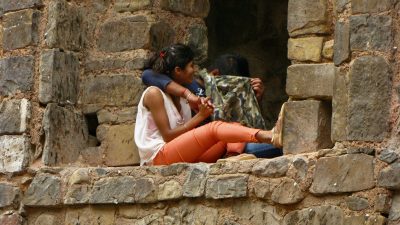
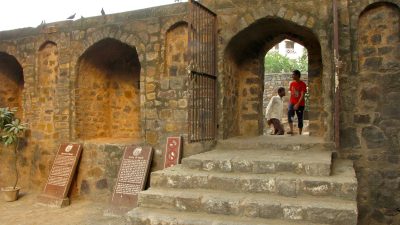
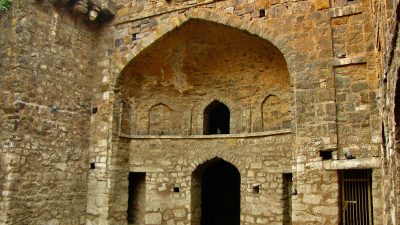
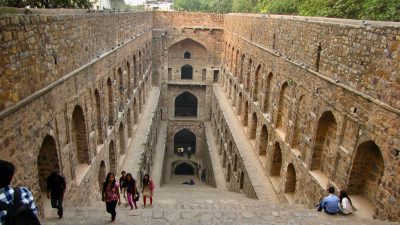
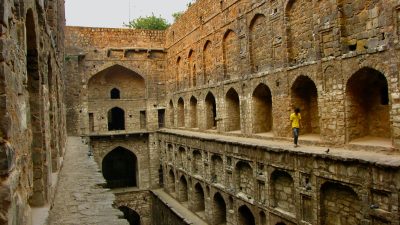
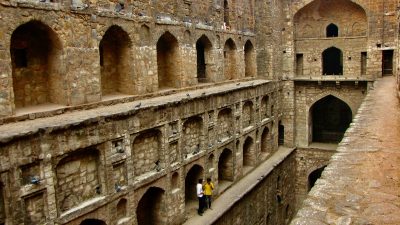


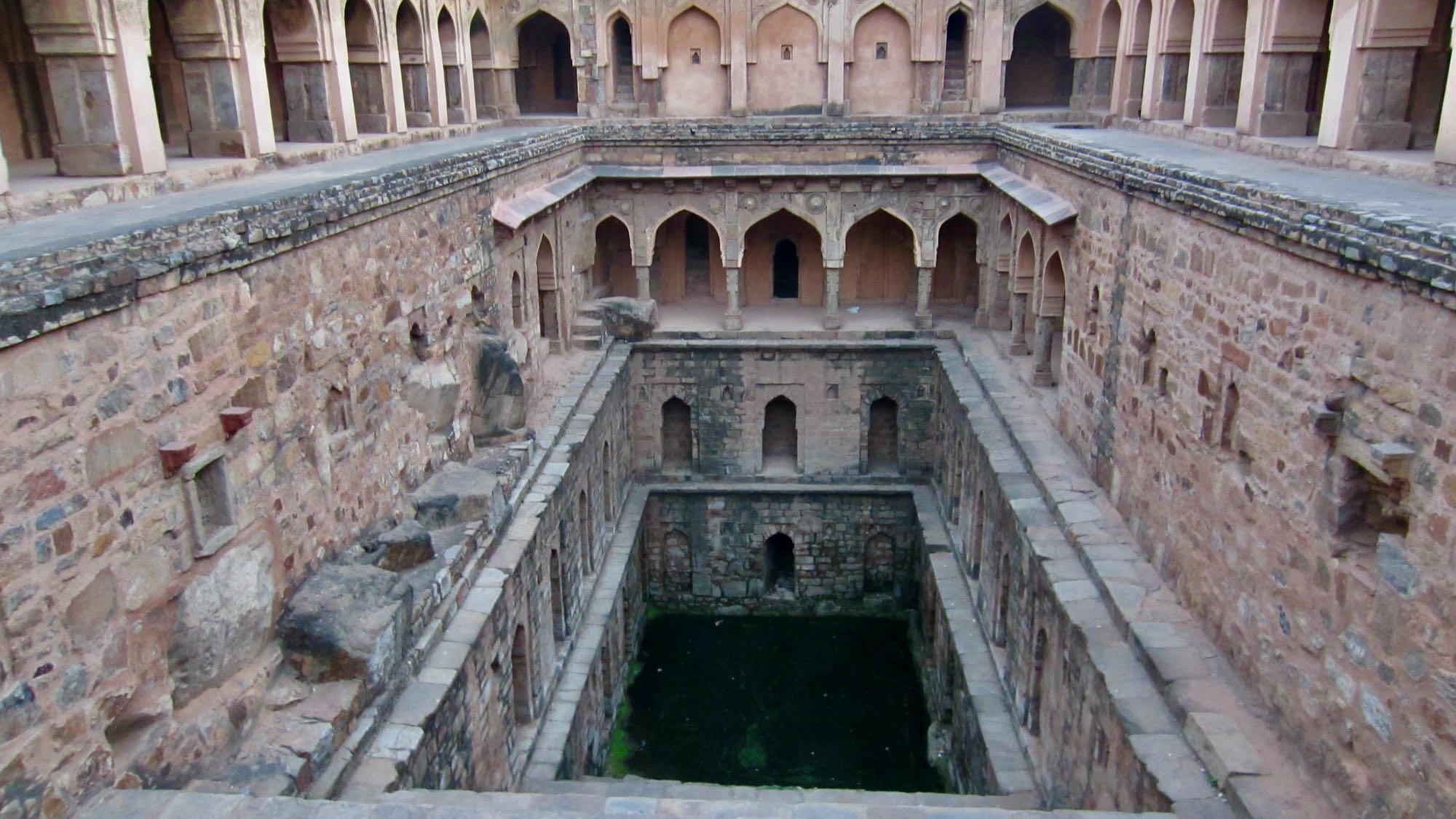

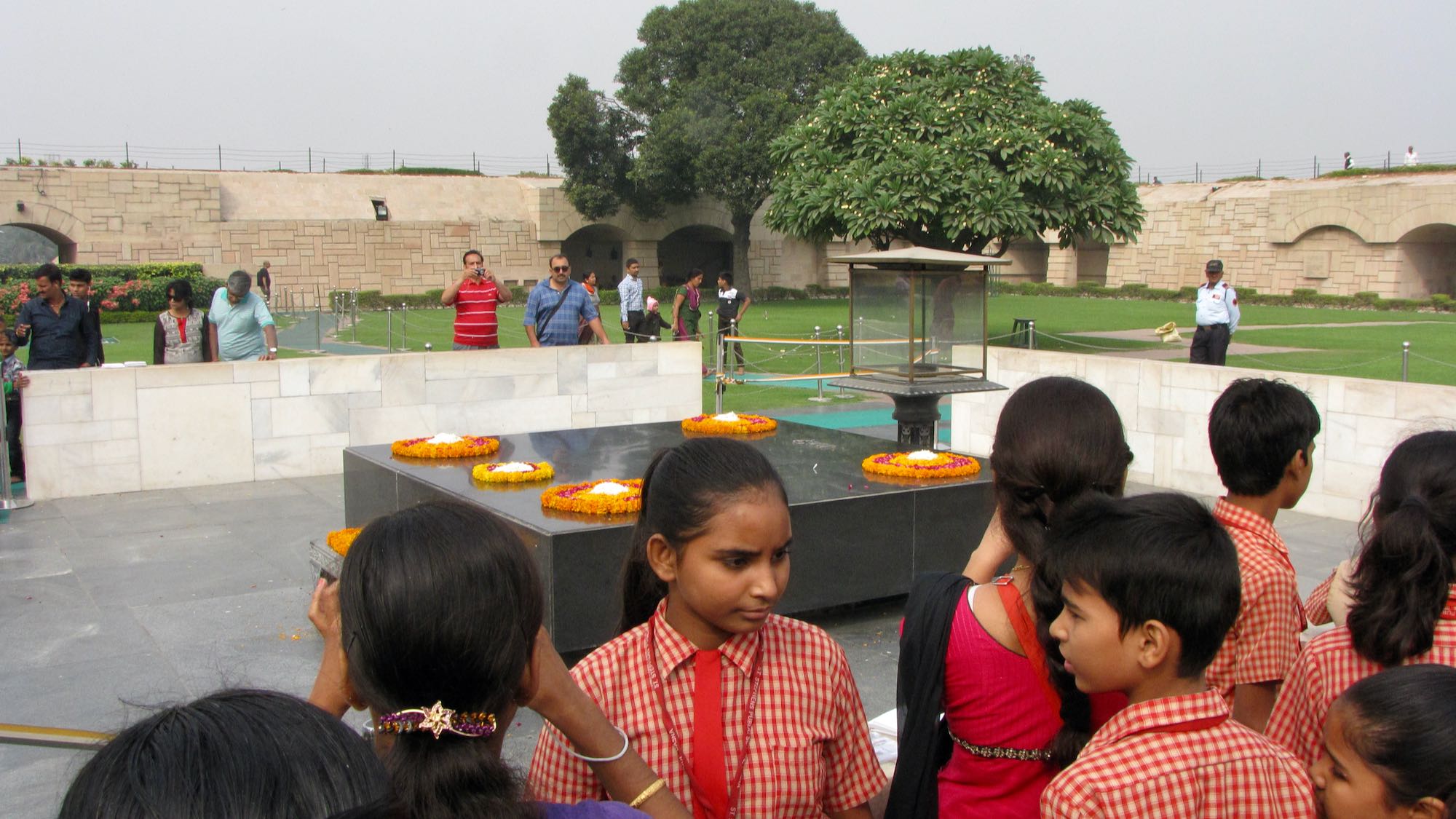
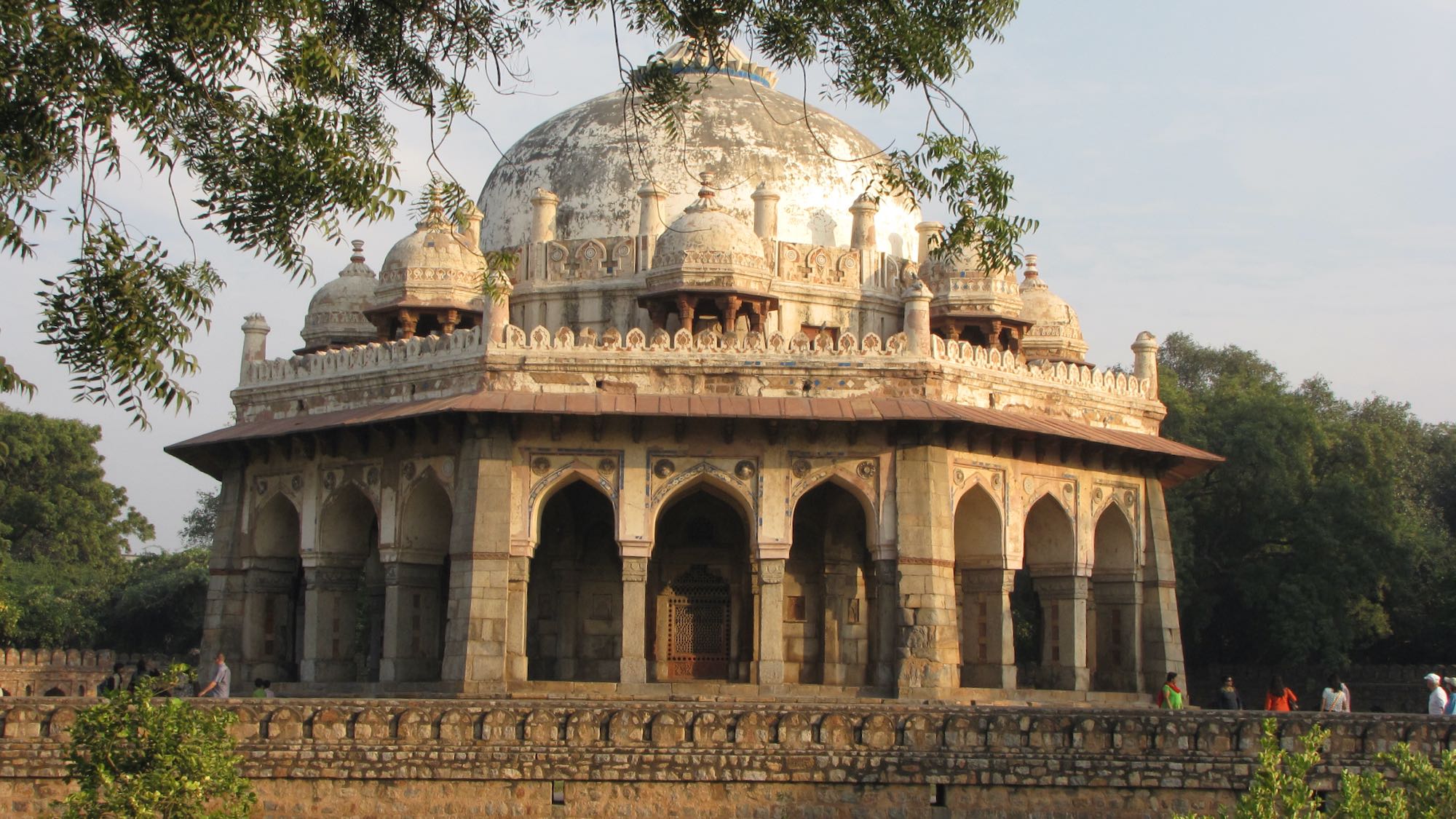

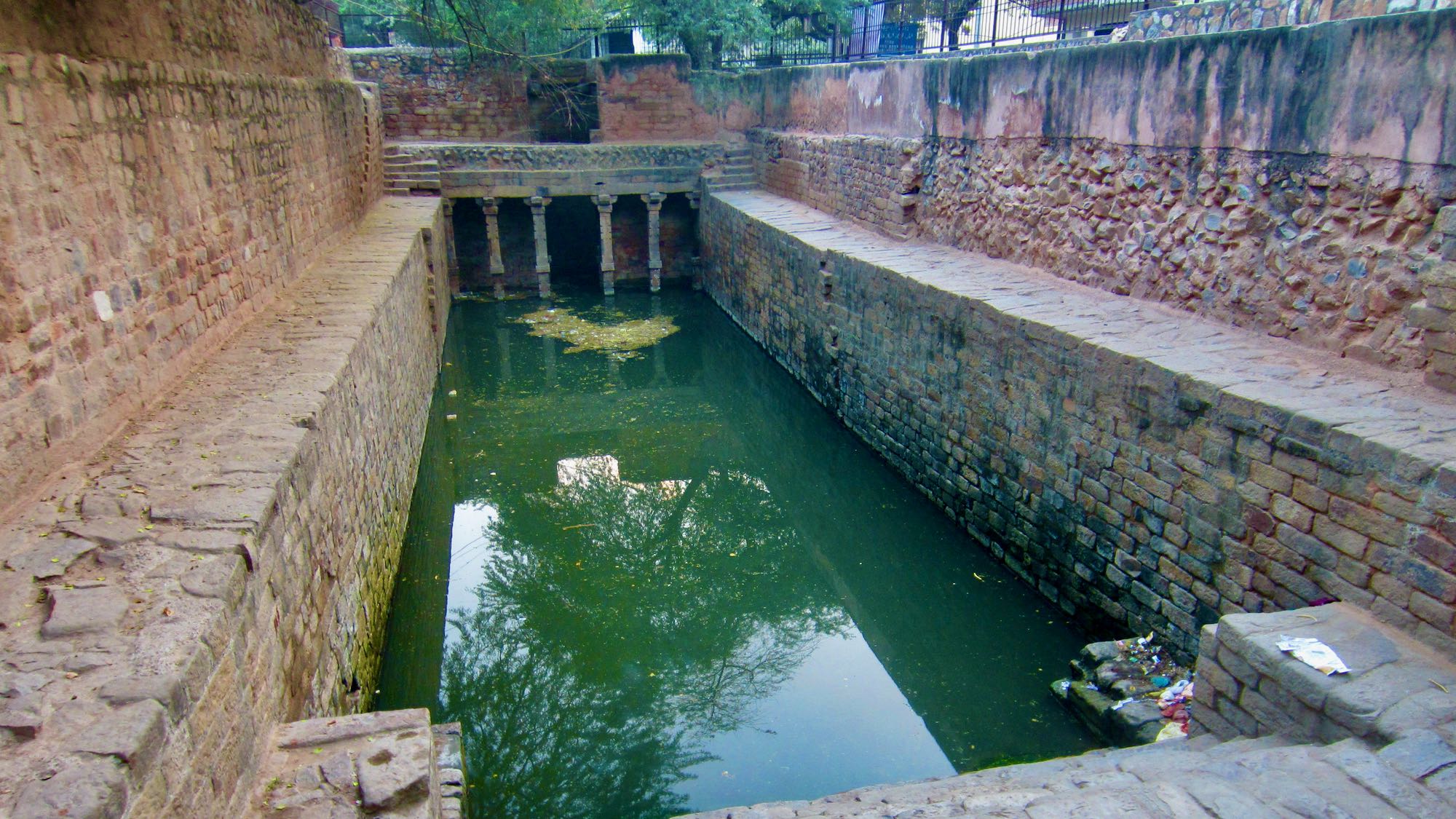
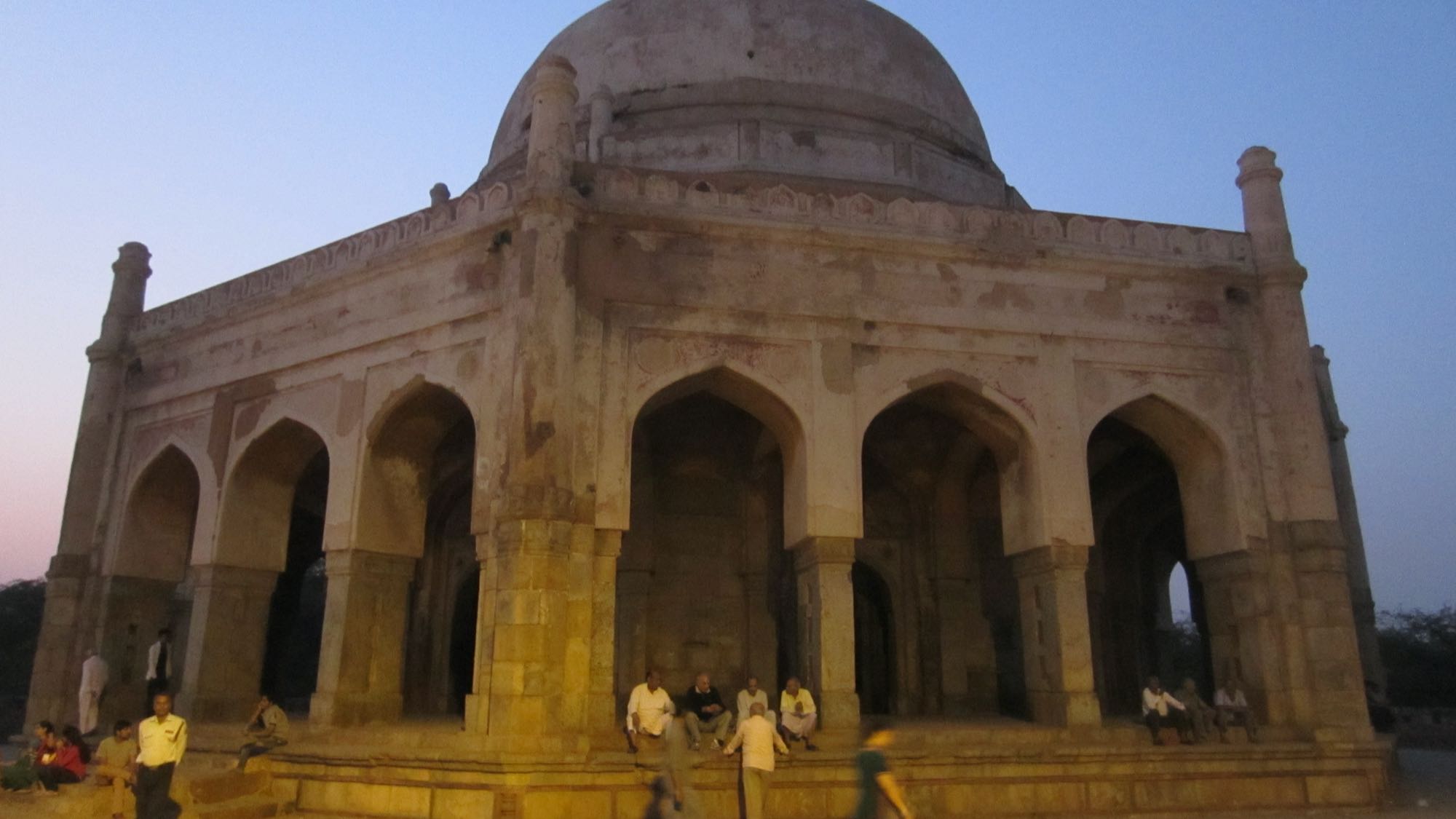

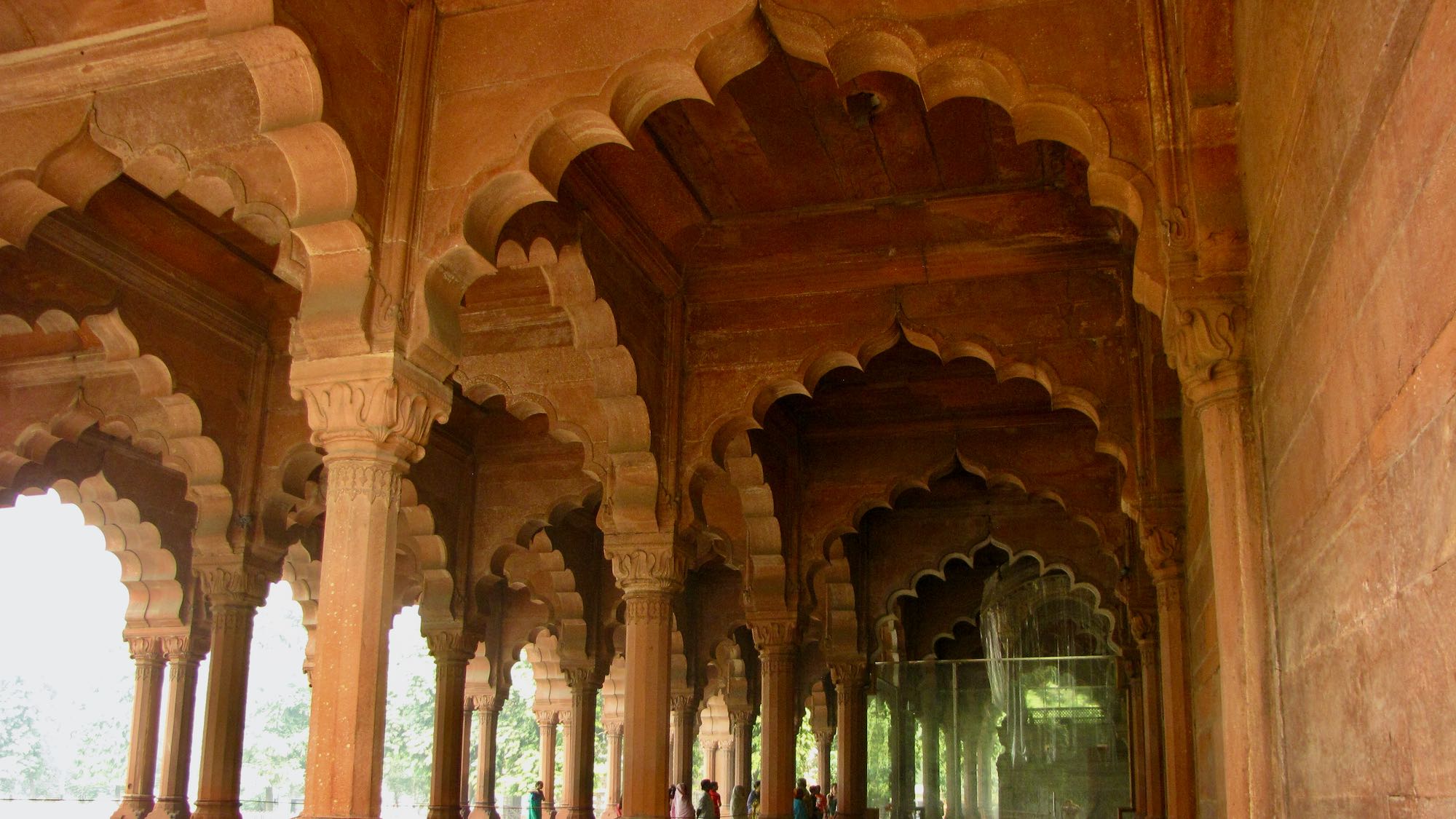


Leave A Comment